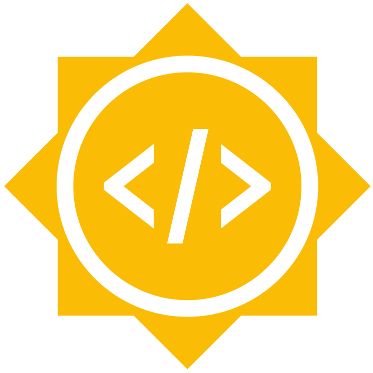02 Mar 2017


MDAnalysis has been accepted as a sub-org of the NumFOCUS foundation,
for Google Summer of Code 2017. If you are interested in working with us
this summer as a student read the advice and links below and write to us on the
mailing list.
We are looking forward to all applications from interested students
(undergraduates and graduates).
The application window deadline is April 3, 2017 at 12:00 (MST). As part
of the application process you must familiarize yourself
with Google Summer of Code 2017. Apply as soon as possible.
Project Ideas
We have listed several possible projects for you to work on on our
wiki. Each project is rated with a difficulty and lists the possible mentors for
it.
Alternatively, if you have another idea about a project please write to us on the
developer list and we can discuss it there.
You must meet our own requirements if you want to be a student with MDAnalysis
this year (read all the docs behind these links!). You must also meet the
eligibility criteria.
As a start to get familiar with MDAnalysis and open source development you
should follow these steps:
Complete the Tutorial
We have a tutorial explaining the basics of MDAnalysis. You should go through
the tutorial at least once to understand how MDAnalysis is used.
Introduce yourself to us
Introduce yourself on the mailing list. Tell us what you plan to work
on during the summer or what you have already done with MDAnalysis
Close an issue of MDAnalysis
You must have at least one commit in the development branch of
MDAnalysis in order to be eligible, i.e.. you must demonstrate that
you have been seriously engaged with the MDAnalysis project.
We have a list of easy bugs to work on in our issue tracker on
GitHub. We also appreciate if you write more tests or update/improve
our documentation. To start developing for MDAnalysis have a look at
our guide for developers and write us on the
mailing list if you have more questions about setting up a
development environment.
— @kain88-de
01 Mar 2017

We are glad to announce that, since February 2017, MDAnalysis is officially
a NumFOCUS affiliated
project. With this affiliation, MDAnalysis establishes itself as part of the
wider scientific python ecosystem, and we hope it will open up new opportunities
in the future.
NumFOCUS is a 501(c)(3) nonprofit that supports and
promotes world-class, innovative, open source scientific computing, reproducible
research, and education in data science.
— @MDAnalysis/coredevs
09 Feb 2017
Dear MDAnalysis Community,
We feel the MDAnalysis community is a happy one, and we hope all members
feel the same. As the community grows we want it to stay as welcoming.
In that spirit, MDAnalysis has adopted a
Code of Conduct (CoC) to make
explicit that we as a community value all our present and future
members and embrace our diversity. We are committed to providing a
productive, harassment-free environment for everyone
Please read the full text at
http://mdanalysis.org/pages/conduct/.
All core developers absolutely stand behind the CoC and are fully
committed to ensuring and enforcing that everyone (founders,
developers, anyone communicating on the lists or on GitHub, …)
respects each other as outlined in the CoC.
But it’s not only core developers who are responsible for making our’s
an inclusive community in which everyone feels they can productively
participate. It actually need to be all of us. A community is based on
the interactions of individuals and the sum of their values defines
their community. The CoC means that everyone in MDAnalysis agrees to
share a common set of core values and, importantly, to act according
to these values in all interactions in our community.
If you feel you suffered from harassment or intimidation or were made
feel uncomfortable then please speak up: the CoC has links to
communicate safely with a
subset of the core developers who have taken on the responsibility to
follow up on CoC violations. If you observe that someone else is being
harassed please speak up – during the incident, if possible, or
through the above channels.
Establishing the CoC was not prompted by any incident. Rather, the
core developers recognized that making explicit the rules and values
of our community is simply a good idea, and we follow many of the
major open source projects such as Django and Jupyter (from which we
heavily borrowed –
thank you!).
— @MDAnalysis/coredevs

